Explanation
Odosan Healing Forest is nestled at the foot of the tall Odosan Mountain (1,133 meters above sea level) in Hapcheon. The mountain spans the areas covering Gajo-myeon in Geochang-gun, Gyeongsangnam-do and Myosan-myeon and Bongsan-myeon in Hapcheon-gun, Gyeongsangnam-do. Odosan is at the end of the Gayasan Mountain Range along with Dumusan Mountain (1,039 meters above sea level), which is situated 2 kilometers to the northeast. North of Odosan Healing Forest, you will find Haeinsa Temple, home to the Tripitaka Koreana and one of the three major temples in Korea, as well as Gayasan Mountain, and Maehwasan Mountain. Hapcheonho Lake is south of the forest, so there are several tourist destinations in the area and the natural landscape is superb. The azaleas and royal azaleas are in full bloom in spring; cool valley waters can be enjoyed in summer; and the mountain's colorful fall foliage is as beautiful as that of Naejangsan Mountain, a renowned spot to enjoy autumn colors. You can enjoy mountain climbing along the valley surrounded by thick forests. It is said that Doseon, a well-known monk from the late Silla Dynasty, was fascinated by the energy and beauty of Odosan Mountain and practiced asceticism there.
Enjoying the Odosan Recreational Forest
Convenient facilities unfold along the valley within the Odosan Recreational Forest, such as the visitor information center, forest cabins, a communal kitchen, camp decks, campsites, etc. Notably, the hiking trail behind the forest cabins follows the clear stream that flows year-round, leading to Sukseongsan Peak, a small peak on the slope of Odosan Mountain. The trail overlooks Hapcheonho Lake and offers hikers a beautiful view. Odosan Recreational Forest consists of dense natural forests filled with pine and oak trees that are 20 to 50 years old. Also, a variety of vegetation, including the wild cherry, crimson glory vine (called meoru in Korea), and kiwiberry vine (called darae in Korea), as well as herbaceous plants can be found here. This makes it an ideal site for students, including teenagers, to learn about nature.
Inquiry
+82-55-930-3742
Homepage
www.foresttrip.go.kr/indvz/main.do?hmpgId=ID02030068
Information Use
Contact and Information : •1330 Travel Hotline: +82-2-1330
(Korean, English, Japanese, Chinese)
•For more info: +82-55-930-3733 (Korean)
Parking facilities : Available
Hours : Recreational Forest 09:00-18:00
Forest Cabin Check-in 15:00 / Check-out 11:00
Camp Deck Check-in 13:00 / Check-out 11:00
More information
Admission Fees
Adults 1,000 won / Teenagers and Soldiers 700 won / Children 300 won
[Forest Therapy Program] Adults 10,000 won / Teenagers and Children 5,000 won
Location
398, Odosanhyuyang-ro, Bongsan-myeon, Hapcheon-gun, Gyeongsangnam-do

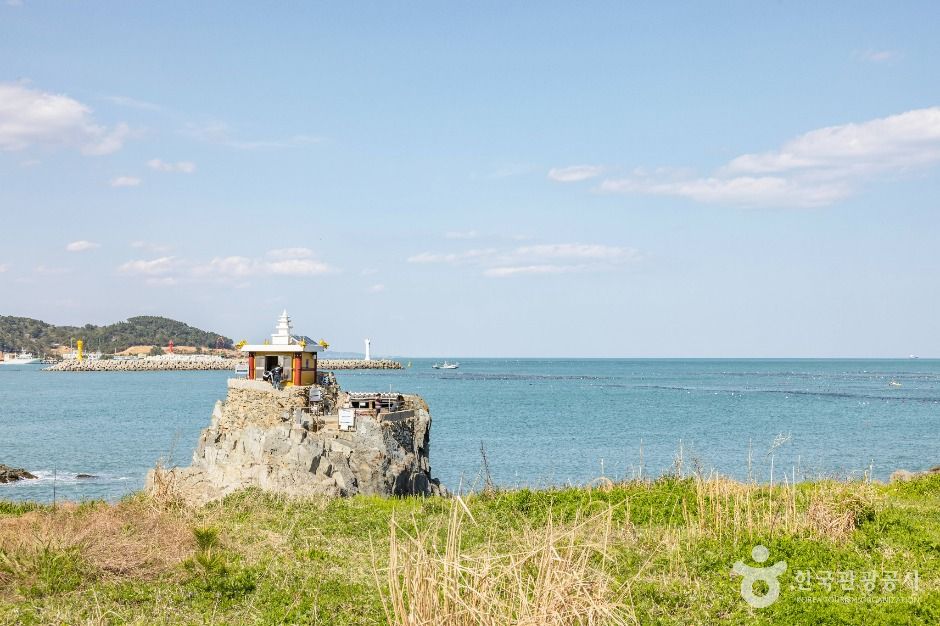
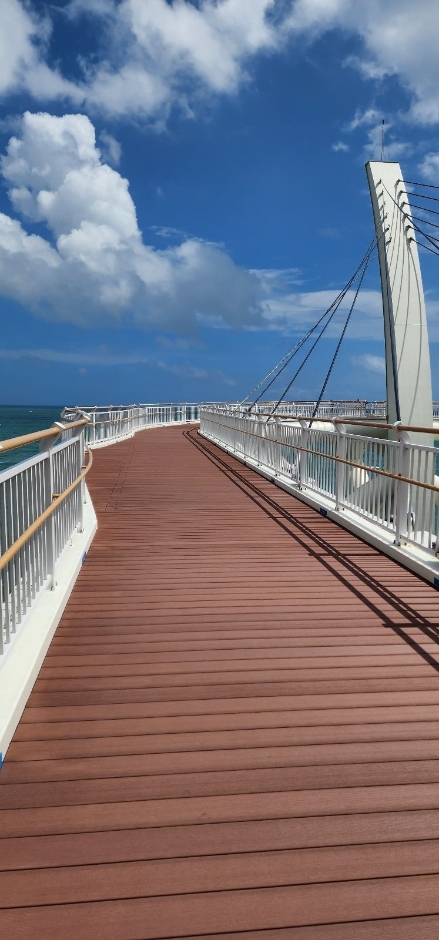
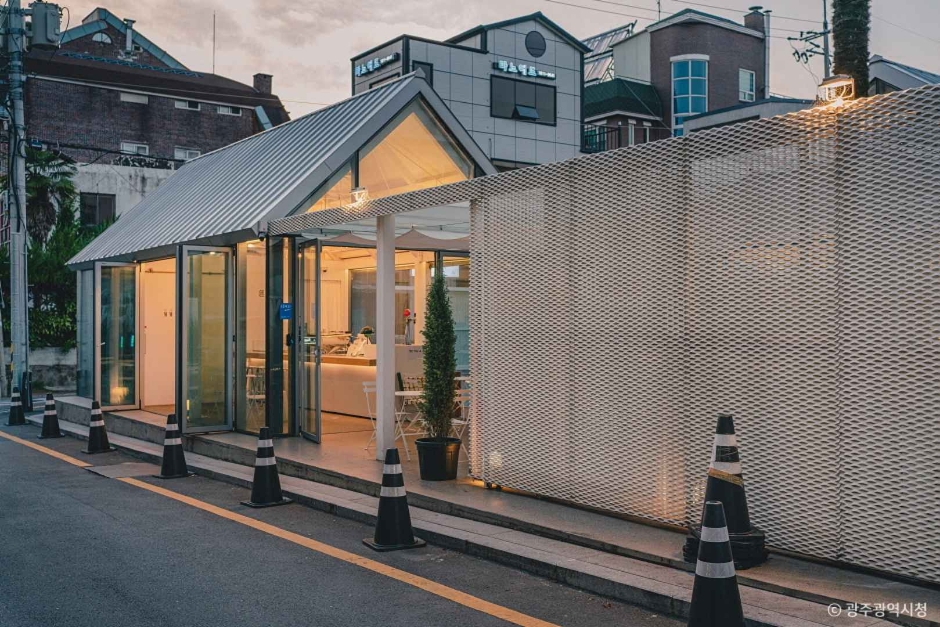
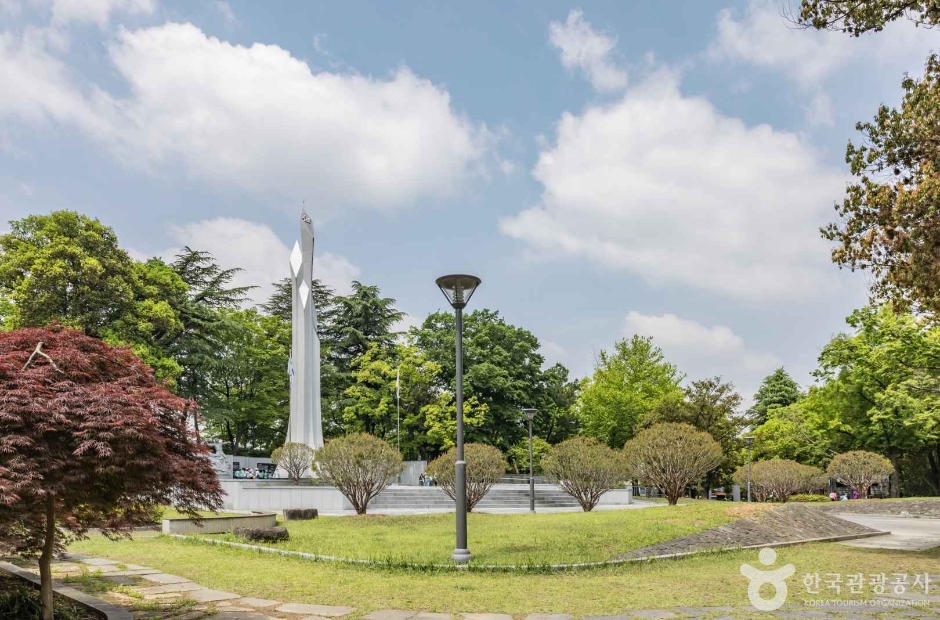
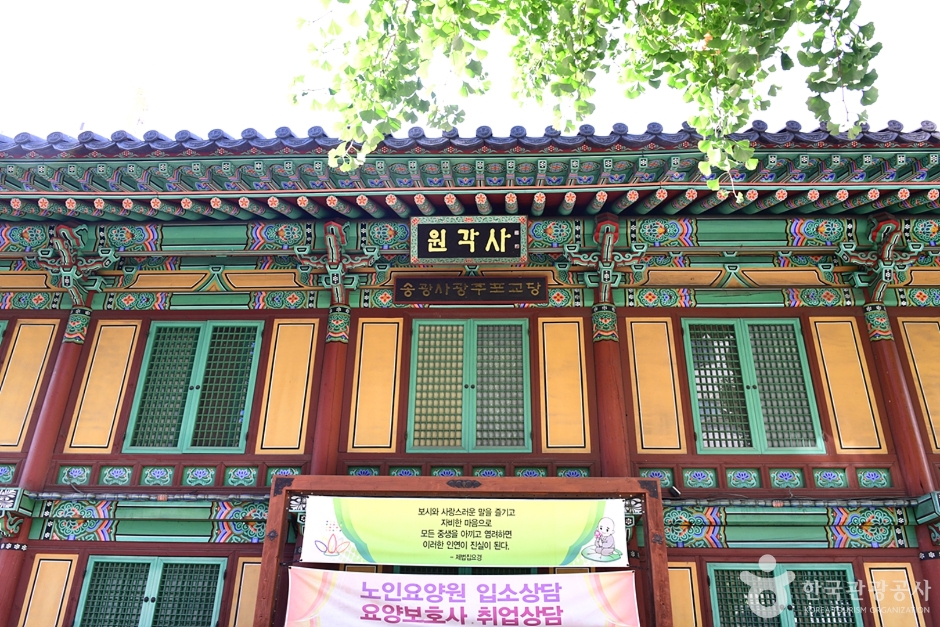


 English
English
 한국어
한국어 日本語
日本語 中文(简体)
中文(简体) Deutsch
Deutsch Français
Français Español
Español Русский
Русский